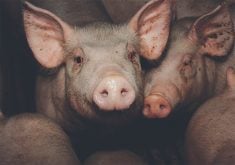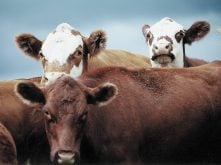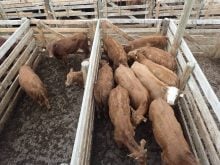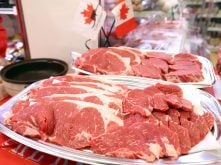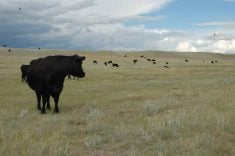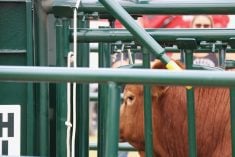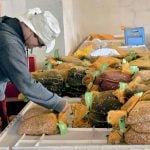WINNIPEG – Cattle producers are facing their worst marketing dilemma in decades as this spring’s calf crop is weaned and cows pregnancy checked.
Typically, cows failing to get pregnant are sold to the meat market. Weaned calves go to auction and eventually feedlots.
While calf prices are holding fairly well, older cull cows and bulls are worth pennies per pound since countries around the world banned Canadian beef and cattle following the discovery of bovine spongiform encephalopathy in an Alberta cow.
“We need to start thinking about what we are going to do with these cull cows,” Manitoba grain and cattle producer Owen McAuley told a recent meeting of the Manitoba Rural Adaptation Council.
Read Also
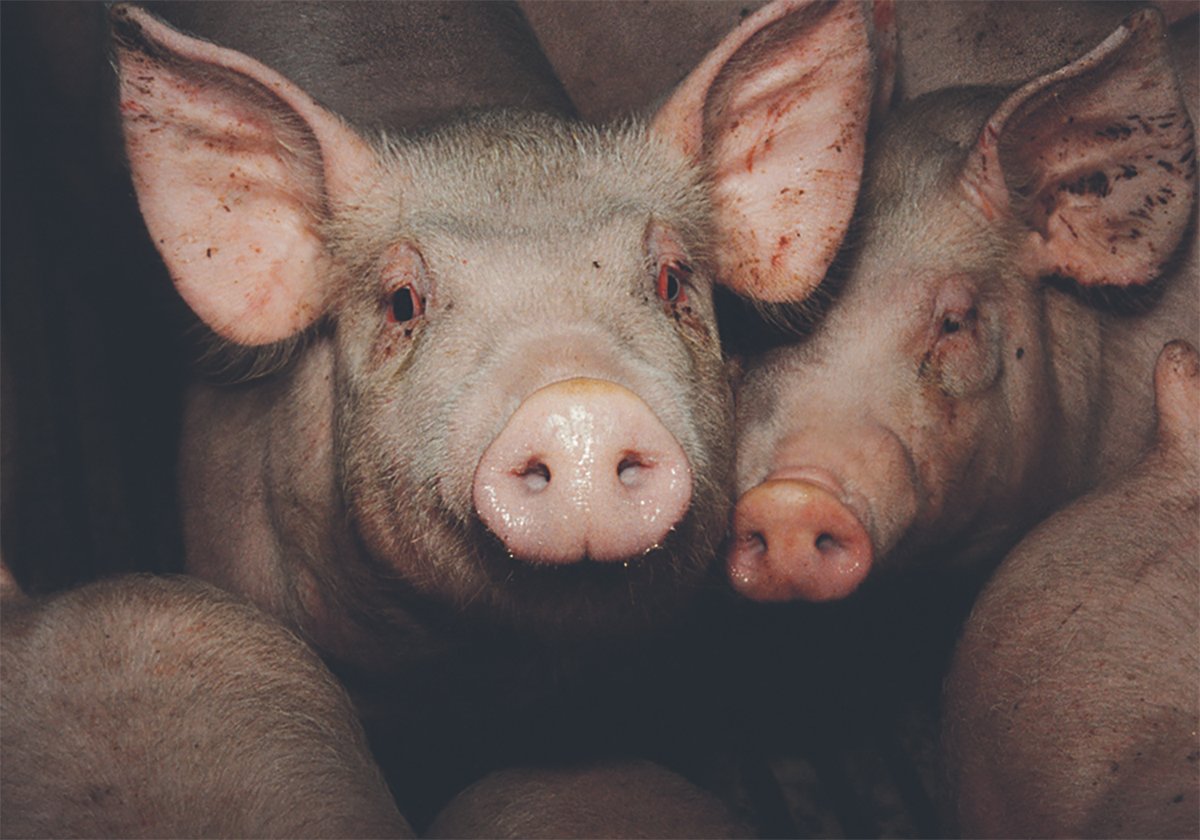
The Western Producer Livestock Report – October 30, 2025
Western Producer Livestock Report for October 30, 2025. See U.S. & Canadian hog prices, Canadian bison & lamb market data and sales insights.
“For producers on the ground level, the anxiety they are feeling is real.”
The council gathered farmers, processors and government officials for a brainstorming session on the BSE crisis and potential opportunities for meat sector survival.
The group agreed the BSE situation was a wake-up call that revealed weaknesses in the Canadian cattle business.
Marketing options are limited for Manitoba. The province has no federally inspected beef slaughter facilities or major feedlots capable of handling provincial production. Before May 20, when the BSE case was announced, most animals were exported to other provinces or the United States.
While the council suggested a processing facility is necessary, McAuley said that plan needs careful consideration. If the border should open any time soon, these facilities may not be competitive and investment would be lost if they closed due to lack of business.
He said all affected groups must come together at a national level to figure a way out, rather than wasting time and money on ad hoc programs offered at different levels in each province. Richer provinces are able to support producers while others are left with almost no financial help, he added.
“The way we are doing it right now is piecemeal.”
McAuley said the loss of equity in the industry and high debt levels could have wide-reaching consequences for rural communities that rely on agriculture.
On his own operation, his grain crop will subsidize his cattle this winter. Cow bids are at less than 15 cents a lb. plus freight, and he has learned he likely won’t be able get his culls to XL Foods in Moose Jaw, Sask., until the end of October because of the slaughter backlog.
“My cows on my farm are basically worthless.”
The shortage of slaughter facilities in Manitoba is a challenge. Some delegates at the council meeting suggested new plant construction or upgrades to existing facilities, which might require government support or investment through a new generation co-operative.
BJ Packers, Manitoba’s largest beef plant, is willing to take cows but overwhelming demand to process fat steers has taken over the workload. Right now, the company processes about 175 steers per week.
Owner Pat Haywood said his provincially inspected plant at Beausejour, Man., could become a cow facility with the right incentives.
However, he cannot accept heavyweight bulls or downer cows. Nor does he want to take on more debt to upgrade his plant.
“If I’m already in a ship that has holes in it, I don’t want to add any more weight to it.”
On Sept. 4 the national beef industry’s round table formed a special committee to examine all options. Few support a widespread cow cull.
The normal beef cattle cull is around 10 percent, while about 25 percent of dairy cows are culled each year.
“(The Canadian Cattlemen’s Association) is encouraging producers to cull at a lower rate than normal,” said association spokesperson Cindy McCreath.
The round table is also lobbying the federal government to continue its decision not to issue supplementary tariff rate quota permits. In the past, the permits allowed in about 75,000 tonnes of imported beef a year, most of which was lean, grass-fed cow meat destined for ground beef and processed meat.
The group estimates without the imported beef, 17,000 Canadian cows per week could enter the market.
Wes Lane of Dairy Farmers of Ontario said producers have had little incentive to sell cows this fall because of dismal prices that are as low as five to 10 cents a lb. Normal cull cow prices are around 50 cents.
“It’s an issue that is getting a lot of discussion. At this point there isn’t any quick solutions,” he said.
Ontario has about 300,000 dairy cows and has sent a number to Quebec, but a backlog continues.
Until recently, bull calves were a concern but some veal shipments have gone to the United States so veal producers have been buying replacement calves.
“That’ll probably ease the situation with respect to bull calves,” Lane said.



